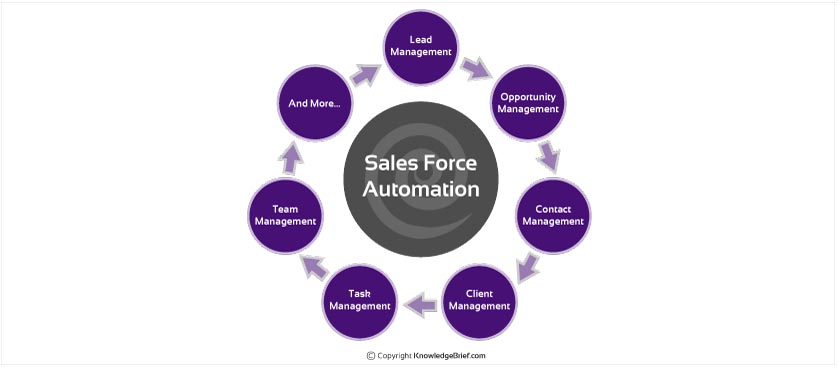Key Performance Indicators for Sales Force Performance Management
The series of blog posts on Marketing Performance Measurement continues in 2010 with an insight on sales force management, as part of the front-end facet of the marketing process. Sales force and sales channel management is a crucial part of marketing, especially when dealing with a push approach towards the marketplace.
Monitoring the effectiveness of the sales system is essential for business as on its success relies the future of the business. www.smartKPIs.com contains over 40 examples of Key Performance Indicators published in the online database. Some of these are highlighted by category below:
Category 1. Sales force efficiencyIt represents a generic name for metrics used for monitoring salesperson or sales team performance by means of various criteria, such as calls or contacts made, accounts (potential, activated, re-activated), revenue generated etc. Examples:
Category 2. Sales compensationCompensation measures the amount of payments made to a sales person or to a sales team. Sales force is usually compensated by bonuses or commissions, added to the baseline salary, and those are proportional to their sales results. Monitoring compensation spending is important as it helps assessing whether progress of the sales crew is in accordance to the set goals and the costs associated with their activity are generating the results desired.
Category 3. Sales goals or objectivesIn accordance to their compensation, sales people have to meet sales goals, representing the sales target for the following period, as is follows:
$ Sales goal = % Share of the sales person in the territory in the prior year * $ Forecated sales in the territory
Goals are set to motivate sales people and establish benchmarks, but set too high or too low would make the effort of no relevance and even damaging. Thus, some rules have to be followed when setting sales goals so as they are SMART:
- Specific to a sales person/team/territory
- Measurable in numbers
- Achievable considering the resources of the person/team and the market potential,
- Realistic so as not to be considered too high and
- Time-bound, attainable in a clear time-frame, with a precise deadline.
Example: % Sales quota attainment
Category 4. Sales workloadThe workload of the sales person/team should be taken into consideration when setting sales goals and providing sales compensation. Workload generally defines the amount of work of a person/team and, in the context of sales, this it influenced by the number of active accounts that need to be served, on one hand, and the number of potential accounts that are targeted, on the other hand:
# Sales workload = (# Active accounts * # Average time to serve an active account) + (# Potential accounts * # Average time to convert a prospect into an active account)
Other sales force KPIs focus on pipeline analysis. Sales pipeline performance will be covered in a future blog post.
For further reading, we recommend: The Complete Guide to Accelerating Sales Force Performance.

Tags: KPI in Practice, Marketing performance, Performance Measurement, Sales






